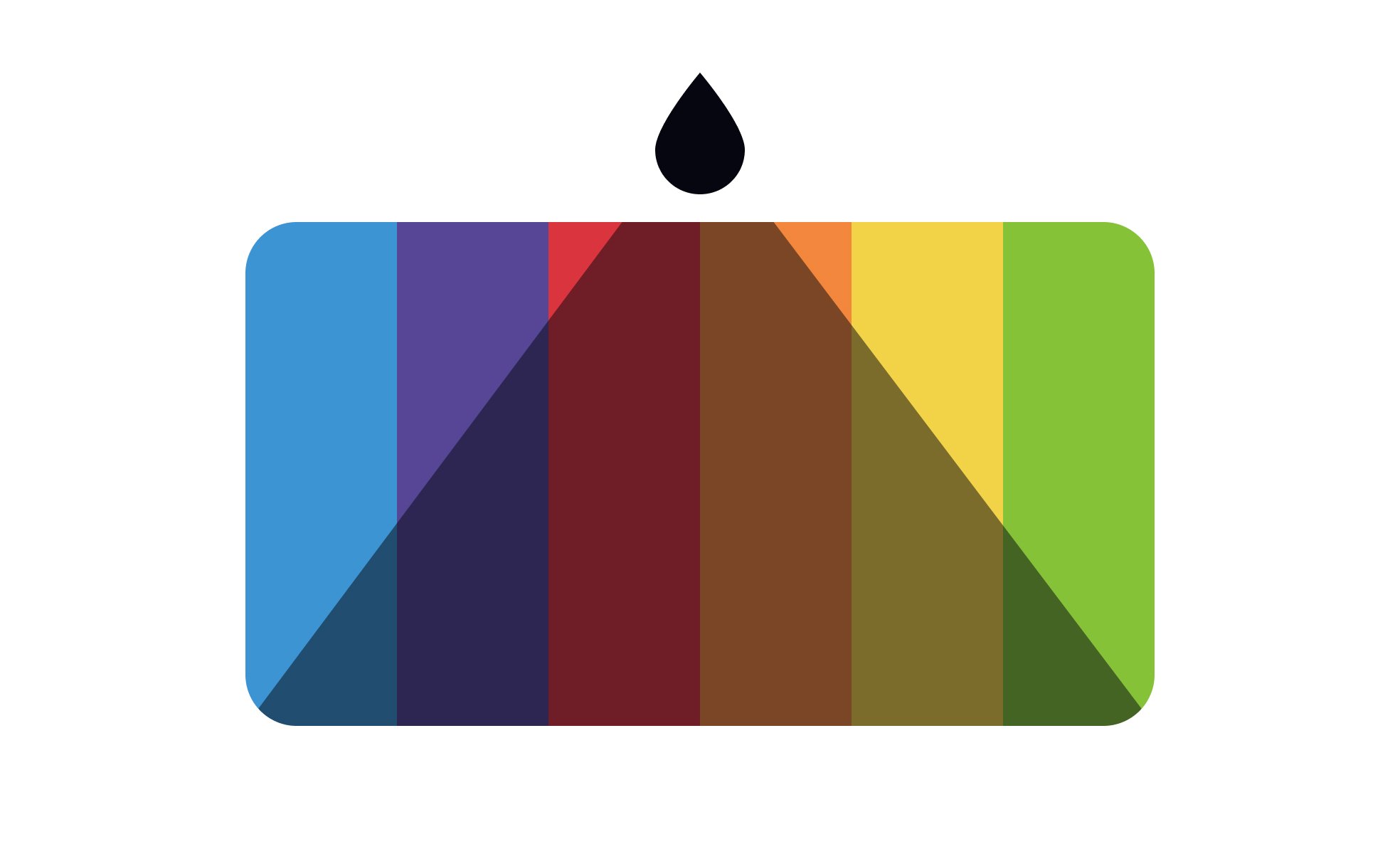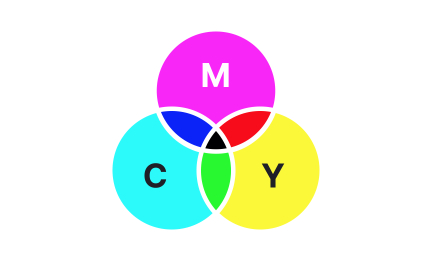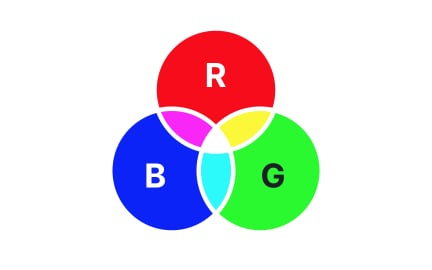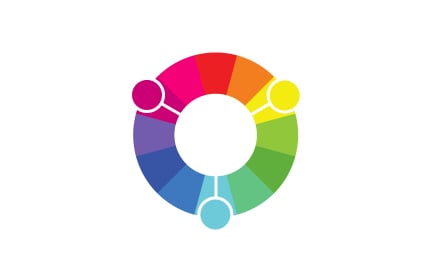Shade
Shade refers to a variation of a color created by adding black, making the hue appear darker, richer, and deeper while retaining its original character.

TL;DR
- Darker variation of a base hue.
- Created by mixing a color with black.
- Adds depth and weight in design.
- Useful for emphasis and hierarchy.
Definition
Shade is a color modification produced by adding black to a base hue, darkening it while maintaining the core identity of the original color.
Detailed Overview
Shade is a concept from color theory that helps designers and artists manipulate the depth and intensity of colors. By adding black to a hue, the color takes on a darker appearance while still preserving its underlying identity. For example, red becomes burgundy when shaded, and blue shifts into navy. Shades are widely used in visual design to create depth, hierarchy, and contrast.
A frequent question is how shades differ from tints and tones. Tints are created by adding white, making colors lighter, while tones are produced by adding gray, softening their vibrancy. Shades, by contrast, deepen colors, giving them weight and strength. Understanding the distinction helps designers apply the right variation for the right context.
Another common query relates to visual hierarchy. Designers often use shades to emphasize or de-emphasize elements. A shaded color may represent inactive states, background elements, or supporting content, allowing brighter versions of the same hue to signal calls-to-action or primary content. This system creates clarity without requiring an entirely new palette.
Shades also contribute to mood and emotion in design. Darker versions of colors often convey seriousness, sophistication, or authority. For example, a financial brand may use shades of blue to project trust and stability, while lighter tints of the same hue might suggest friendliness or openness. Strategic use of shades allows products to communicate their personality effectively.
Teams often ask about accessibility and contrast. Shades can improve readability by increasing contrast between text and background. However, designers must test carefully, as overly dark shades without sufficient contrast against surrounding elements can reduce legibility. Tools for contrast checking help ensure compliance with accessibility standards.
Shades are also crucial in branding. A single brand hue may appear in multiple forms: the pure color for logo applications, a shaded variant for accents, and lighter tints for backgrounds. Using a consistent system of shades strengthens brand identity while providing flexibility across media.
Learn more about this in the Shade Exercise, taken from the Color Properties Lesson, a part of the UX Design Foundations Course.
A shade is created by adding black to a color, making it darker. A tint is created by adding white, making the color lighter, while a tone involves mixing gray. These differences matter because they produce distinct visual effects.
By understanding how shades compare to tints and tones, designers can build flexible, nuanced color palettes.
Shades help de-emphasize secondary elements, making primary elements stand out more clearly. For example, a shaded button might indicate a disabled state, while the base color signals an active option.
This technique creates clarity without overwhelming the interface with entirely different colors.
Shades often evoke seriousness, stability, and sophistication. Darker blues communicate professionalism, while shaded reds can suggest richness or authority. These associations help align visual design with brand personality.
By contrast, lighter tints might convey approachability or playfulness, showing how color depth changes perception.
Shades can increase contrast, improving legibility of text and interactive elements. Designers must test combinations carefully, as overly dark shades on dark backgrounds reduce readability.
Following accessibility guidelines ensures that shaded colors remain usable for all audiences.
Brands often build entire palettes from a single hue, using shades for accents, depth, or variation. For example, a company might use pure red for its logo but darker red shades for navigation or emphasis.
This consistency creates cohesion while providing enough flexibility for different design contexts.
Recommended resources
Courses

UX Design Foundations

Design Terminology

UI Components I
Lessons

Color Properties

Intro to Shadows









